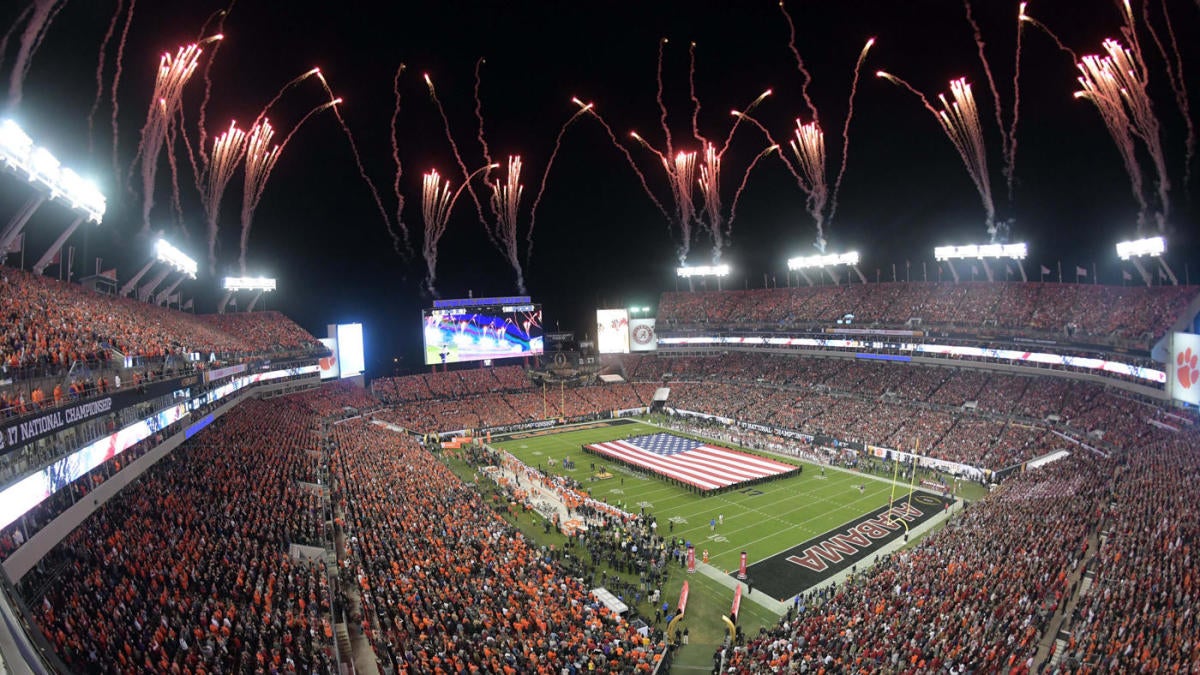I agree. Why would the B1G/SEC be willing to do this?
Yahoo has a better article IMO.
Smash Plan for CFB Seems there are two different "ideas" in play. Here are two things from that article that intrigue me. (And it would be an interesting debate as to who the eight schools are that are referenced in the last part.)
Project Rudy is built on two somewhat simple concepts to increase revenue from television networks and corporate sponsors.
(1) Arrange more games between power conference programs by eliminating
all games against Group of Five and FCS opponents; expanding the playoffs; and pitting blue-blood powers more often against one another.
(2) Consolidate the media rights of the 70 schools under one agreement, instead of the current structure of five different packages (one for each power league and Notre Dame).
I see absolutely no reason the B1G or SEC would be willing to do this...but I could see some of the members from both be willing to IF some of this second part come to fruition.
According to the proposal,
school-by-school distributions would skyrocket, cash that presumably would be used to help sustain Olympic sports — something that administrators contend is threatened by the advent of revenue sharing. However, the revenues will be allotted unequally. Project Rudy separates the 70 programs into three tiers.
- Tier 1:
the top 16 schools earn per-school revenue projections from $130 million in Year 4, escalating to $250 million in Year 12 (double the SEC and Big Ten’s current distribution rate).
- Tier 2: the next 22 schools earn revenue of $60-$110 million (similar to the SEC and Big Ten current rates).
- Tier 3: the last 32 schools earn projections of $30-$60 million (similar to the Big 12 and ACC rates).
The model offers a variety of ways to determine how to tier schools: the previous season’s results, perhaps, or an aggregate of results over a stretch of seasons. The model also features a relegation and promotion system to pave a way for schools to move up and down the tiers.
However, one proposed model suggests having eight “permanent” members of Tier 1, a move presumably to placate the biggest brands in the sport.

 www.cbssports.com
www.cbssports.com



